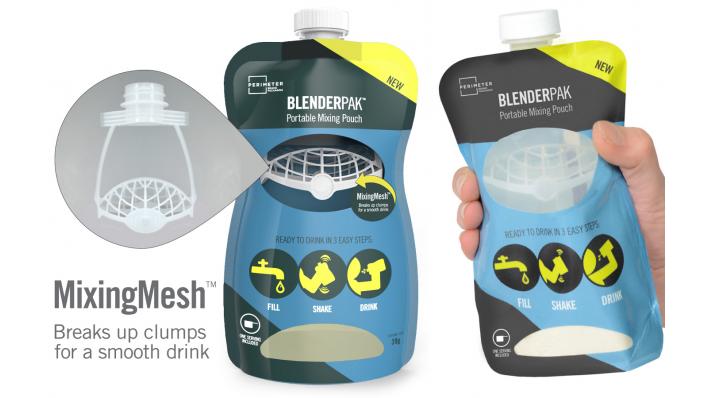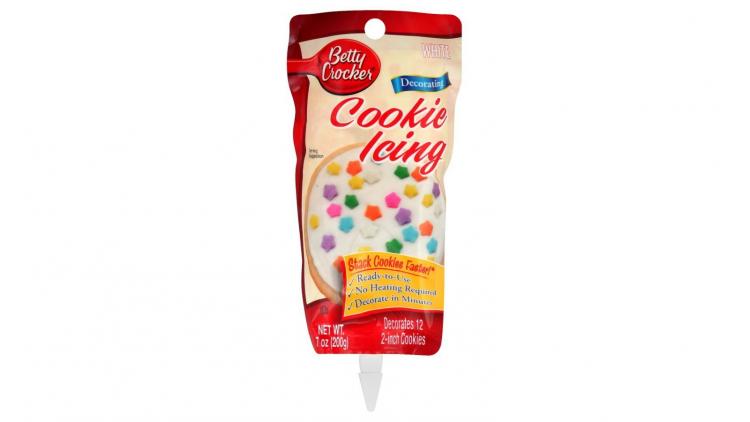Flexible packaging is here to stay: brands have adopted pouches for their every category, encouraging the innovation (like pouches shaped like old fashioned mason jars, that give them a traditional old timey feeling). The only field where there’s no evolution is fitment. That is nearly always the same and there’s no diversity at all.
According to the Flexible Packaging Association, flexible packaging made up 58% of shipments in the retail and institutional food industry and 12% of retail non-food applications in 2013. There are many benefits of flexible packaging, such as less waste, lower distribution costs due to smaller footprint and customizable solutions that have become more accessible for companies and revealed themselves to be a winner idea with customers.

What could happen to the world of flexible packaging if we paid more attention to the rigid element that pouches contain? What if the flexible world decides that structure, too, matters?
Here are three strategies for how structure improves the usability of flexible packaging:
- Give it a job: the packaging must perform a task in order to make the product stand out, like Betty Crocker new frosting pouches. It does not pay anymore to just look appetizing, it also has to do the job.
- Adopt for new behaviour: consumers have now different needs and pouches must evolve to satisfy them, like Capri Sun Big Pouch for its adult beverages.
- Know your audience: ask your audience what they need, through careful research.

Giving the packaging a job, designing to adopt for new behavior and knowing your audience are just three ways structure can bring innovation and improved usablity to the world of flexible packaging.
Even in the flexible world, structure matters.
Source article on Packaging Digest